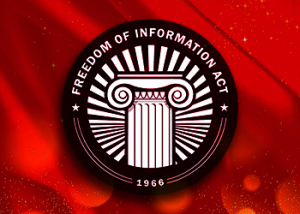The Electrical Inspectorate Division (EID) was established by the Electricity (Inspection) Act, Chapter 54:72, on January 1, 1946, and is also governed by the Electrical Installations (Buildings) Act, Chapter 54:71. The EID is a Division of the Ministry of Public Utilities and has three offices: the North Office located at 48 Eastern Main Road, Arouca; the South Office, first floor Gulf Insurance Building, Independence Avenue, San Fernando; and an office at Scarborough, Tobago. The EID is responsible for administration, regulation and enforcement of the laws and rules regulating the inspection of electrical installations in households, businesses and industries in Trinidad and Tobago as well as the licensing of wiremen and projectionists.
The functions of the Electrical Inspectorate Division in respect to electrical inspections are:
(i) Inspections of all new domestic, commercial and industrial electrical installations in Trinidad and Tobago. Issuing Certificates of Approval which are mandatory for the connection of an electricity supply by the Trinidad and Tobago Electricity Commission.
(ii) Inspections of all rewired or altered installations for compliance with established standards of safety. Certificates of Approval are also a prerequisite for the use of these installations.
(iii) Inspection of disconnected installations for reconnection purposes.
(iv) Routine ‘Condition Inspection’ of installations to determine their continued safety. Advising owners/occupiers of defects, if any, to be corrected within a specified time.
(v) Annual Inspection of the electrical installation and apparatus in all public buildings and places of entertainment.
(vi) Routine inspections carried out in large industries and high-risk areas. Owner/occupiers are advised of defects, if any, that need to be corrected within a specific period.
(vii) Inspection of high voltage installations.
(viii) Maintenance testing at stipulated intervals.
The functions of the EID have a profound effect on the public in that it affords them a degree of comfort, knowing that their wiring systems have met a satisfactory standard of safety. They are also assured the practical safeguarding of all persons and their property from hazards, which may arise from their usage of electricity.
The EID originally consisted of 31 Electrical Inspectors, including the Chief Electrical Inspector, the Deputy Chief Electrical Inspector, seven Senior Electrical Inspectors and 22 Electrical Inspector Ones. Over the years, vacancies have arisen due to the retirement or promotion of Inspectors and the lack of replacement in these Electrical Inspector I positions. This situation reached crisis proportion when as many as 20 of the 22 positions of Inspector I became vacant. In addition, the position of Deputy Chief Electrical Inspector remained vacant for many years.
The shortage of Inspectors drastically reduced the level of inspection services that the Electrical Inspectorate Division is mandated to provide to the public under the Electricity (Inspection) Act Chapter 54:72 and the Electrical Installations (Buildings) Act, Chapter 54:71. Routine inspection of installations to determine their continued safety were significantly reduced, along with annual








Please follow & like us :)